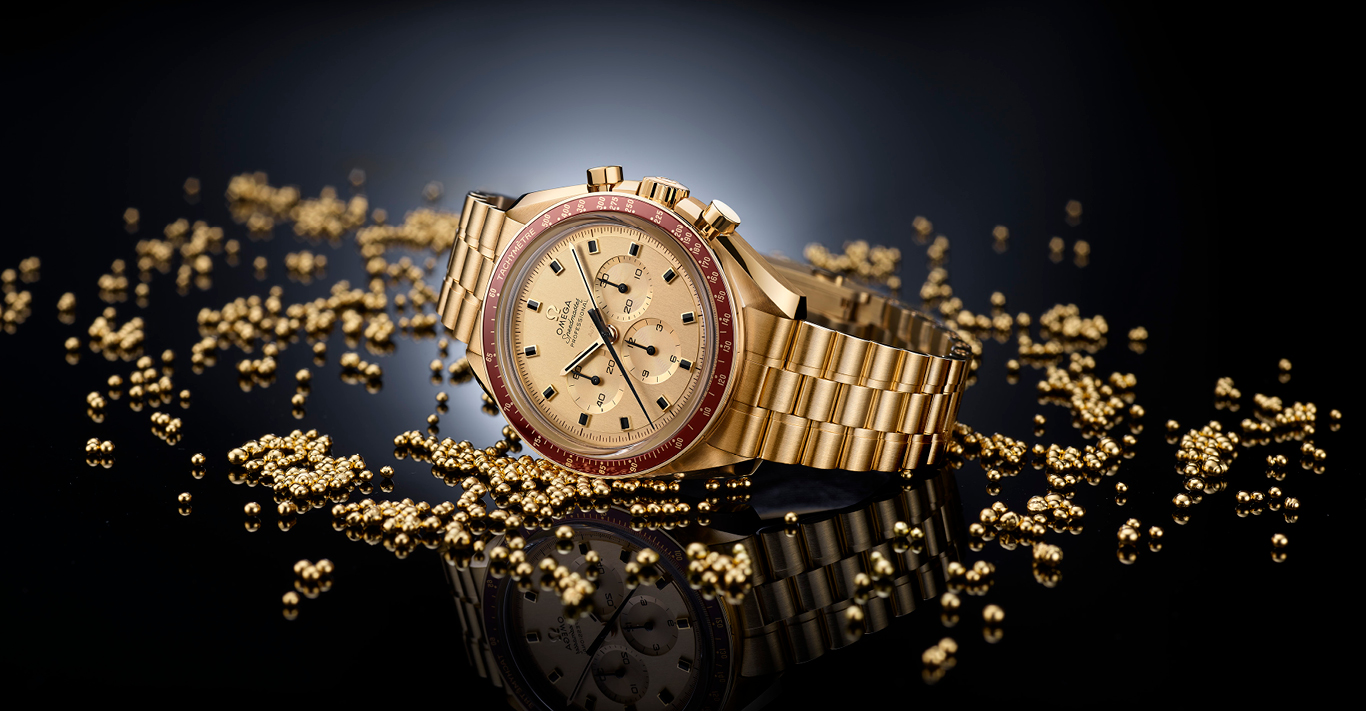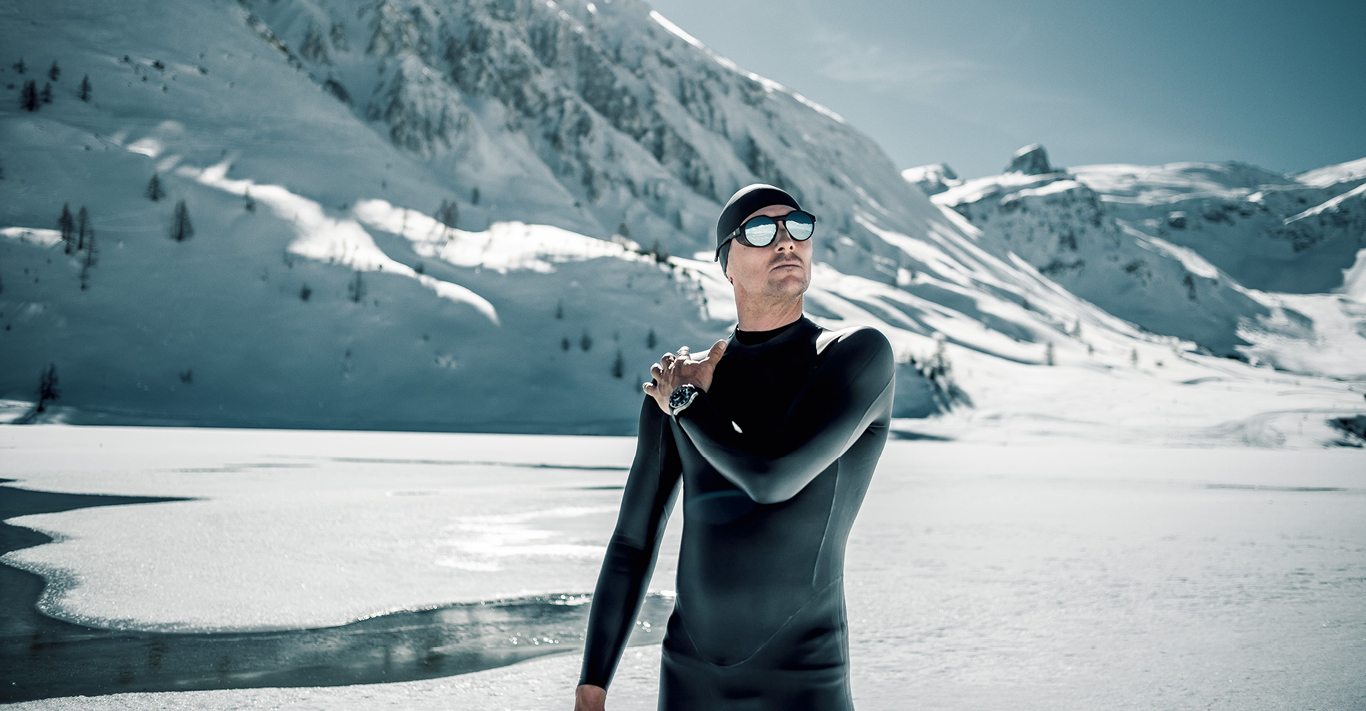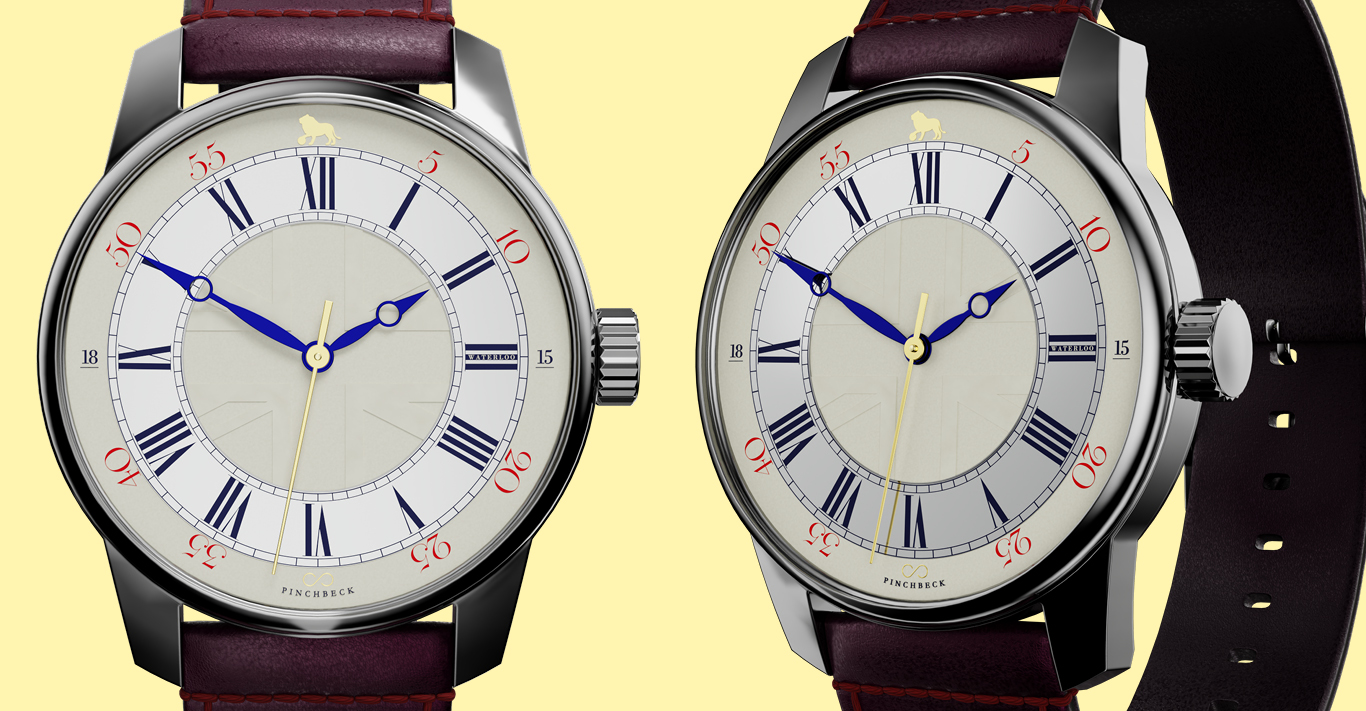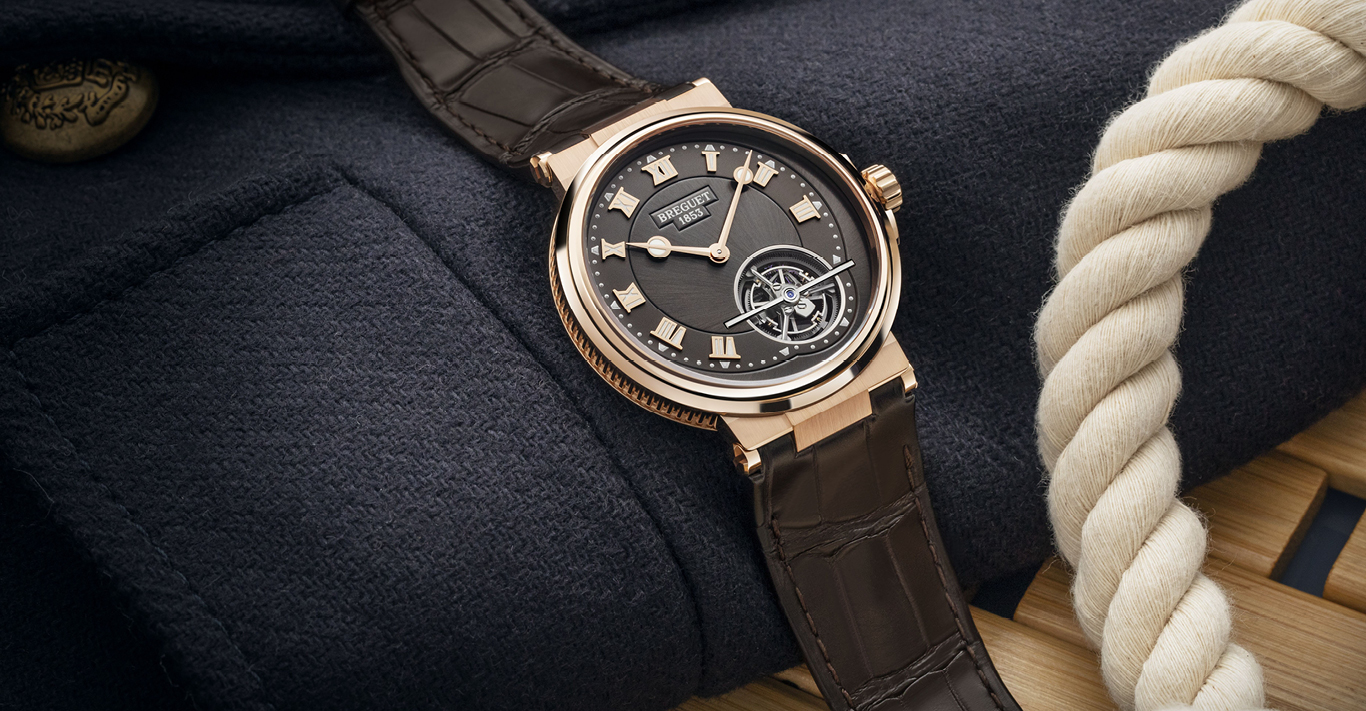WORDS
Peter Howarth
In August 1969, President Nixon hosted a black-tie dinner in honour of the astronauts of Apollo 11, who on 20 July of that year had successfully landed the first manned mission on the moon. Two weeks ago, on 9 May, in Cape Canaveral at the Kennedy Space Center, under an enormous Saturn V rocket of the type used to get Apollo 11 into space, Omega watches threw a black-tie dinner: the Golden Moments Gala, inspired by the one Nixon held, with a menu that echoed the original. Brummell was invited to attend.
We were lucky enough to spend a large part of our day at Cape Canaveral – the launch site for all the Apollo missions, including man’s momentous first journey to the moon – in the company of a group of legendary astronauts: Commander Thomas Stafford, who flew the Apollo 10 mission, the rehearsal for the Moon landing and the second manned mission to orbit the moon (and the first to fly a Lunar Module in lunar orbit); Charlie Duke, who was Capcom (spacecraft communicator) for the Apollo 11 mission and therefore the voice of Nasa on that famous day, and who then, as pilot of 1972’s Apollo 16 Lunar Module, became the tenth person to walk on the moon (and, at 36, the youngest); Jean-François Clervoy, who flew three Nasa Space Shuttle missions; and Nicole Stott and Colonel Terry Virts, both of whom spent time on the International Space Station.
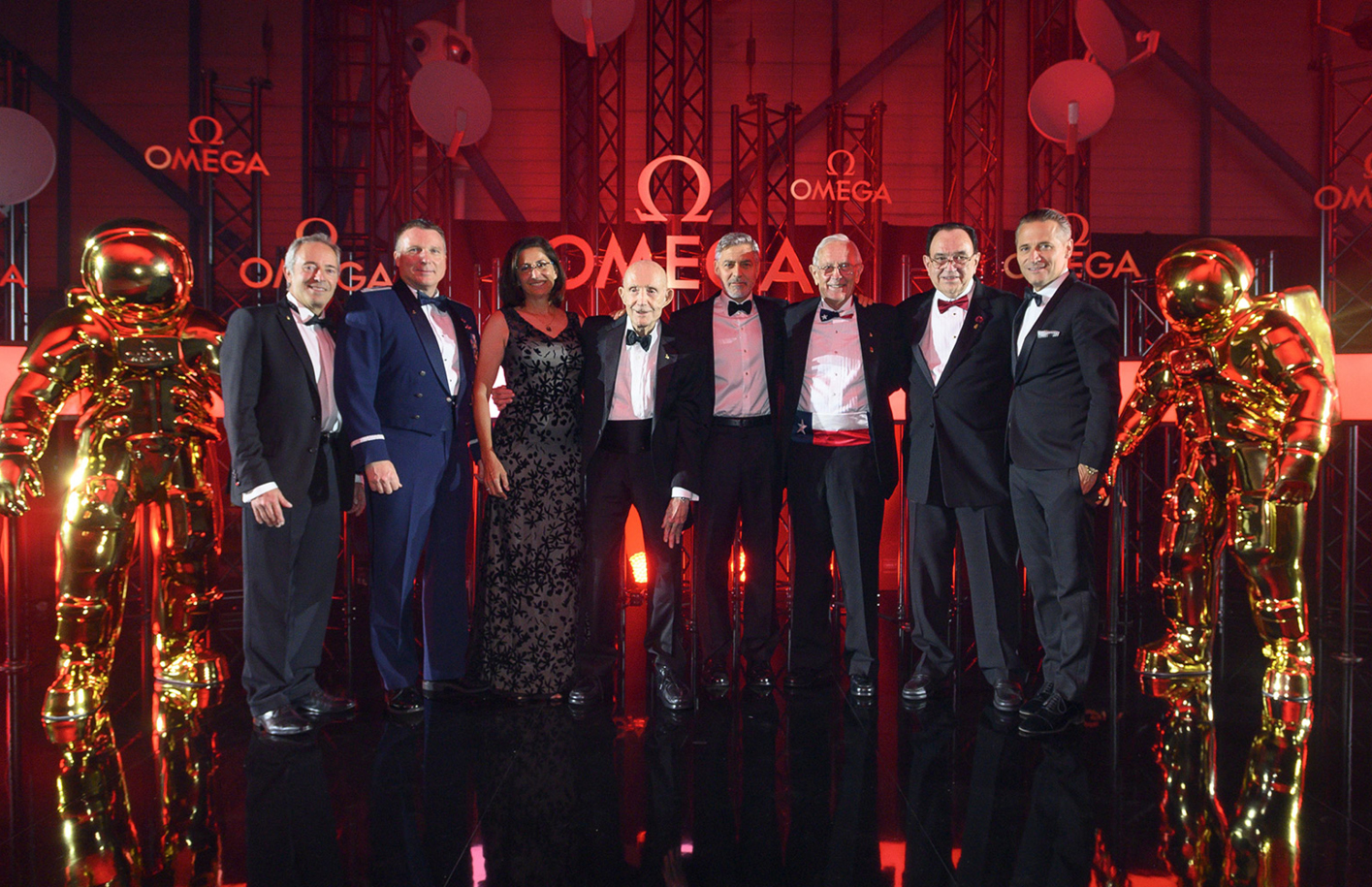
What became apparent over the course of the day was that these people are quite remarkable. The mindset required to travel into space and return safely is a particular one that combines the very human quality of curiosity, with a sense of adventure and a degree of bravery. According to Commander Stafford, in the early days – as the American astronauts were fighter pilots and test pilots – they understood the risk but also ‘what you have to do engineering-wise to mitigate the risk’. He conceded: ‘There was a heck of a risk in what we did in those days, more than there is today, but there’s still a risk… People will always ask me, “Were you frightened, were you afraid?” – the answer is absolutely no. Because if you’re frightened or you’re afraid you shouldn’t be there, you shouldn’t be in that occupation.’
The whole event was organised by Omega watches to celebrate the 50th anniversary of the moon landing, in which the Swiss horological firm played a significant part. We met Jim Ragan, former Nasa engineer, who explained how in 1964 he was charged with selecting a chronograph wristwatch for astronauts to use as a back-up for their, by his own admission, unreliable electronic timekeepers. He put out a brief and four companies responded. One was ruled out as it submitted a timepiece that was not for the wrist. Of the other three, only Omega’s Speedmaster model made it past the first of 11 tests – a thermo-vacuum challenge in which the watches had to withstand not only a vacuum, but a temperature variation of between plus and minus 150 degrees.
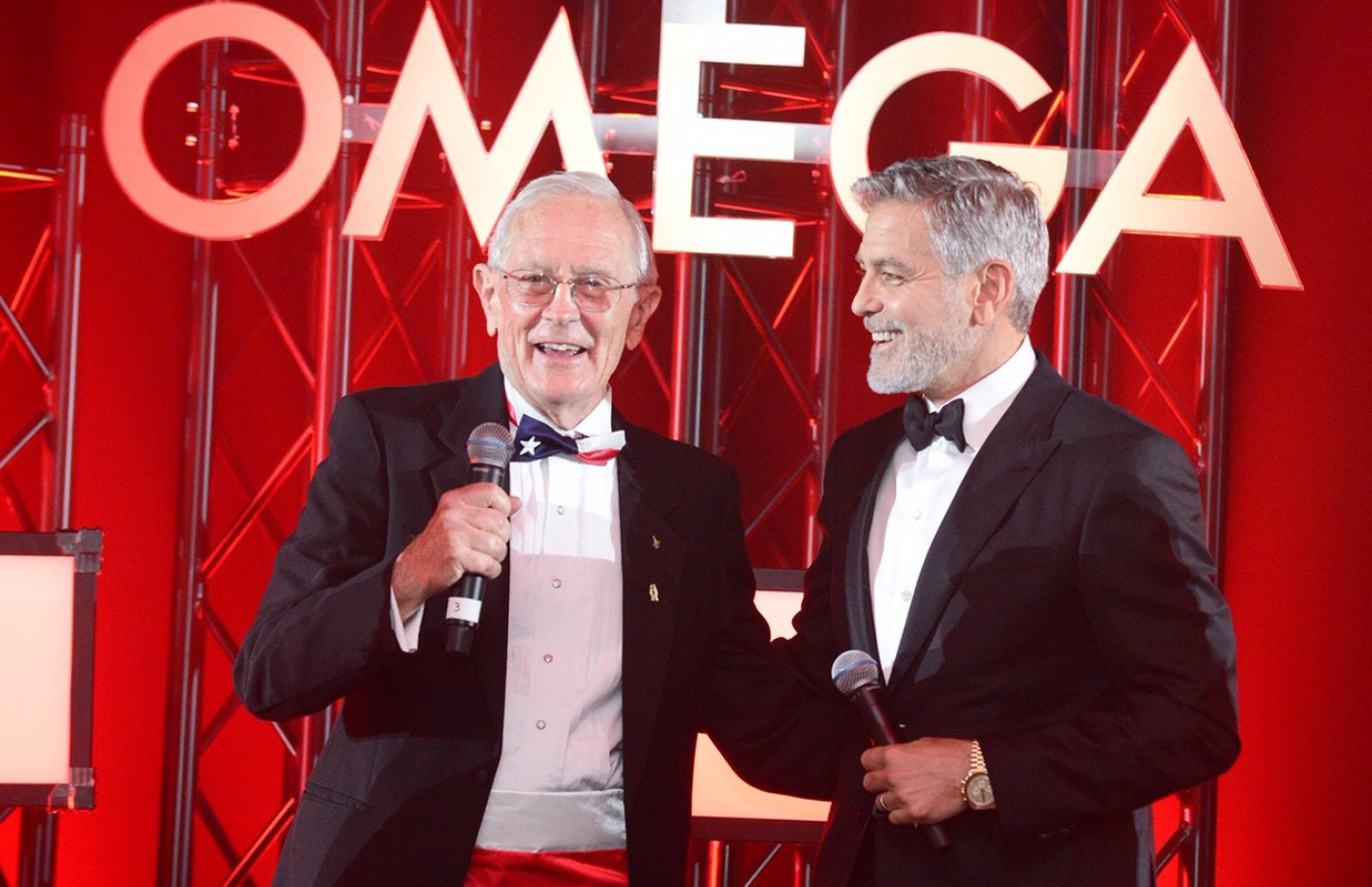
The Speedmaster made it through all the remaining hurdles, and also a wear-test by astronauts, where they were issued with all three watches from the applicants and asked which they preferred. Omega came through with flying colours. Thus the Speedmaster – which was originally launched in 1957 as a driver’s chronograph – was passed by Nasa as ‘operational for space exploration and flight certified’. It was pressed into service on the Gemini programme in 1965. Four years later, it would become known as the Moonwatch after journeying to the astronomical body on Apollo 11.
This explains why, when you look closely at the famous shot of Edwin “Buzz” Aldrin standing on the lunar surface, taken by crewmate Neil Armstrong, you can see he is wearing a wristwatch on a large Velcro strap over the right-hand wrist of his spacesuit. This analogue instrument was, said Nasa’s Jim Ragan, a crucial piece of kit, able to keep the spacemen aware of time, even if they lost communication with Nasa back on Earth, which they occasionally did. He also reminded us that in its most heroic hour, an Omega Speedmaster meant that the crew of Apollo 13 were able to time their re-entry to Earth’s atmosphere to within the one-second margin of error allowed, after they had suffered a catastrophic failure of their electrical systems, thus proving a genuine life-saver. Astronaut Nicole Stott had another, novel use for her Speedmaster: she explained that she would set the alarm on her Speedmaster X-33 every time she went to look out of the window of the International Space Station as she’d become so absorbed in the view she needed to limit her time and be called back to reality.
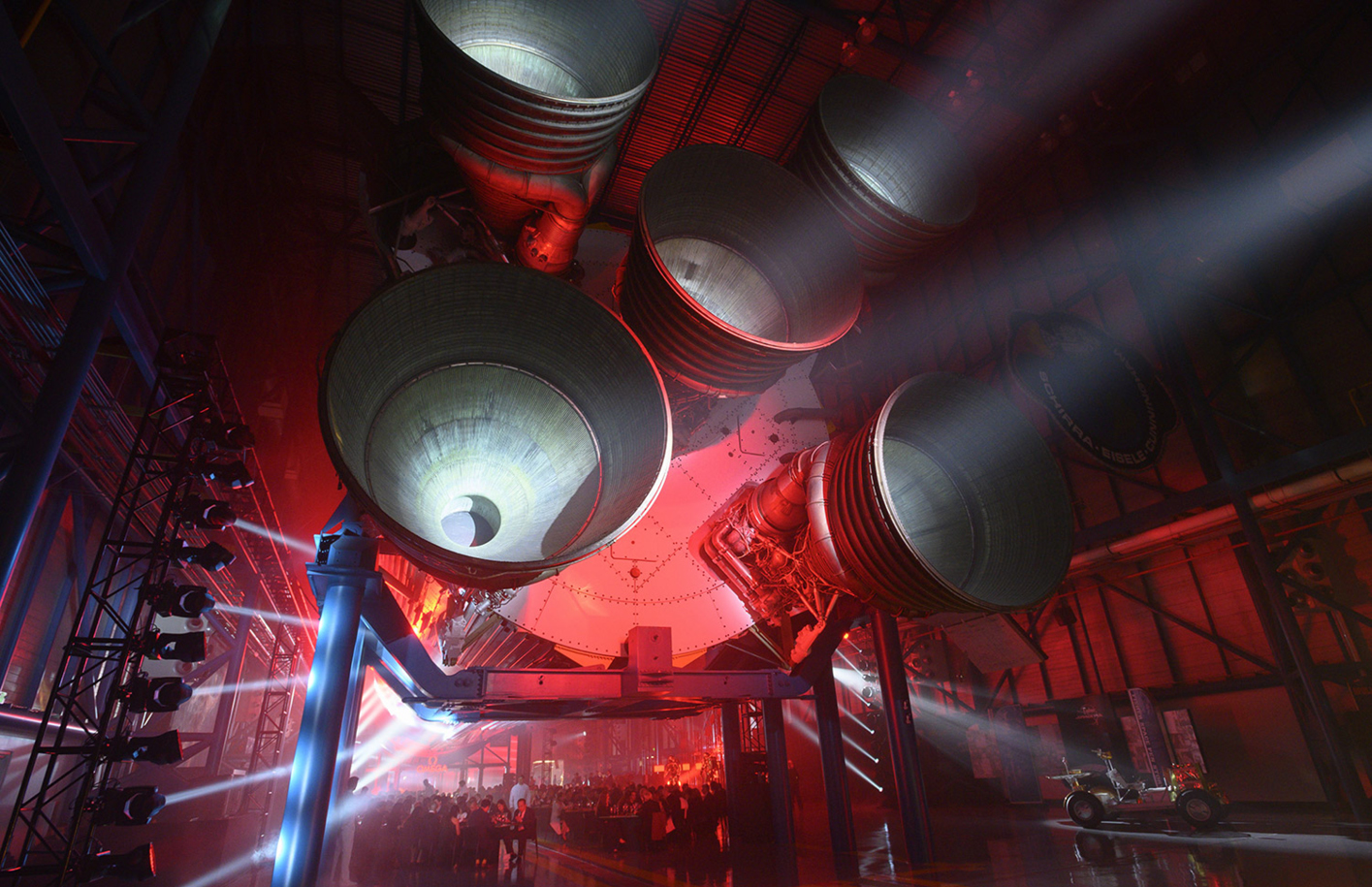
The Omega Speedmaster has been the official watch for every Nasa-piloted mission since March 1965, and furthermore, is the only piece of equipment to have been used in all of Nasa’s piloted space missions from Gemini to the current International Space Station programme. Every astronaut – whatever their nationality – is now issued with two models: a Speedmaster Moonwatch for EVA (extravehicular activity) and a Speedmaster X-33 for in-spacecraft use. All the astronauts present during our visit to the Kennedy Space Center were clearly fond of their watches. Terry Virts and Nicole Stott explained how when you are on board the International Space Station your watch is what connects you to your sense of time, which otherwise is hard to keep track of as you orbit the Earth 16 times a day, and so see 16 sunrises and sunsets.
The dinner under the Saturn V, which, when operational, would hold four million pounds of fuel in its first-stage rocket, was hosted by Omega ambassador and self-confessed moon-landing enthusiast George Clooney. Talking to Charlie Duke, Clooney told guests: ‘As you walk under this structure and you go all the way to the end, 36 storeys long – these men got on the top of this thing and thought, “Oh I can get to the Moon and back!” And it is the madness of optimism and American ingenuity and all the things that we are so proud [of]… and we are so proud to be here with you.’ Duke responded by saying that it was a team effort and some 400,000 people were involved. Clooney said: ‘Let’s be very clear, we are literally in the room with true heroes. In every sense of the word. Heroes. This was the best of mankind and the greatest.’
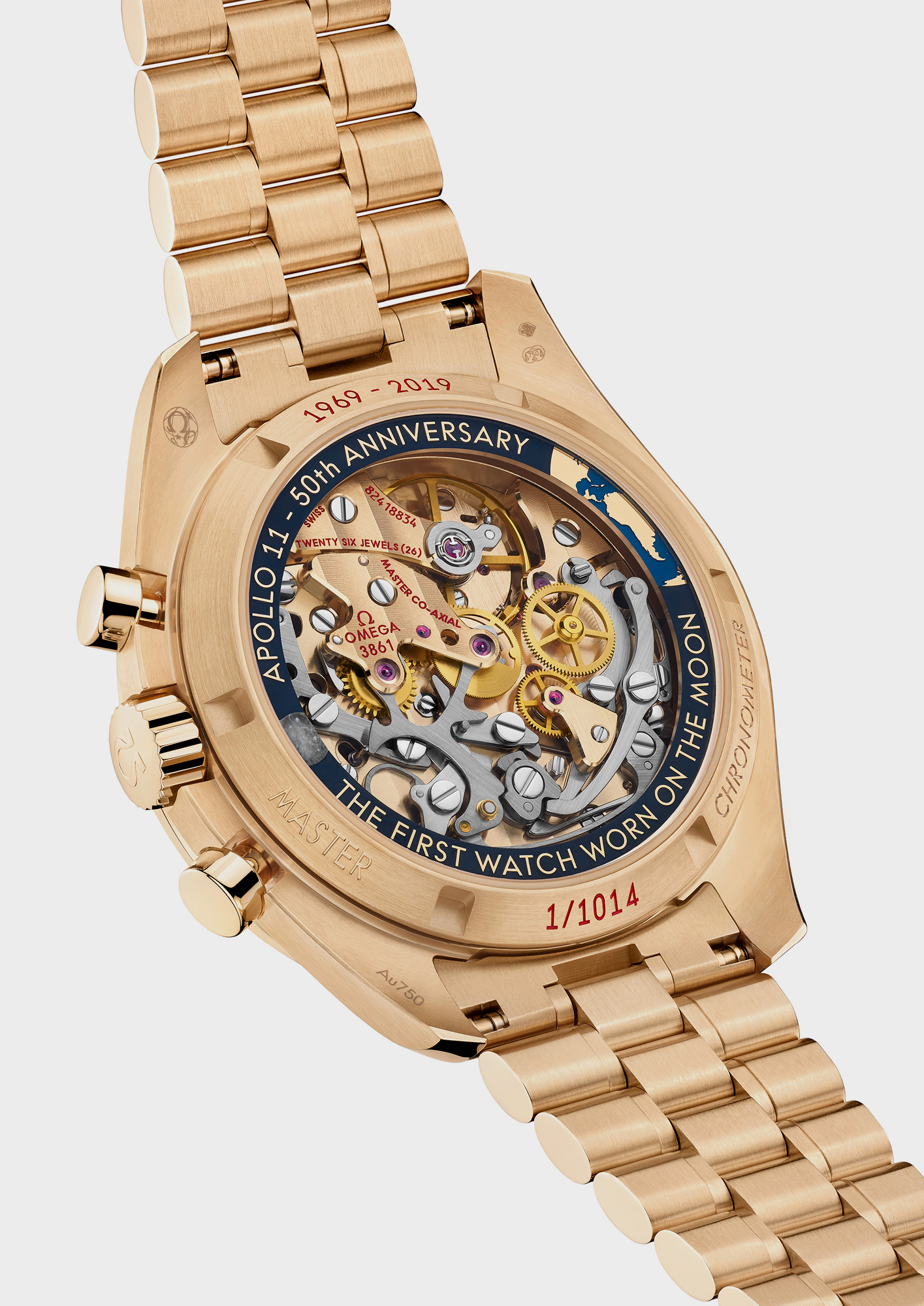
As well as the assembled astronauts and former Nasa team members, the dinner was also attended by celebrity guests including Amal Clooney and actors Douglas Booth and Jeremy Irvine. It also marked the release of a limited-edition Speedmaster Moonwatch in 18ct “Moonshine” gold of which only 1,014 have been made. This is also a homage to a limited-edition gold version of the Speedmaster made by Omega at the time, which was also restricted to 1,014 units (the manufacturing run was for 1,000 with 14 extra made for astronauts).
The new golden anniversary Speedmaster chronometer in “Moonshine” goldhas burgundy details and black onyx facetted hour markers, while an inner caseback ring (in blackened 18ct “Moonshine” gold) is decorated with a partial map of the continent of America and a domed genuine lunar meteorite inlay (cut to scale to accurately represent the proportions of the moon to the Earth when compared to the US map).
The Speedmaster Apollo 11 50th Anniversary Limited Edition, £26,480, on sale from August; omegawatches.com

